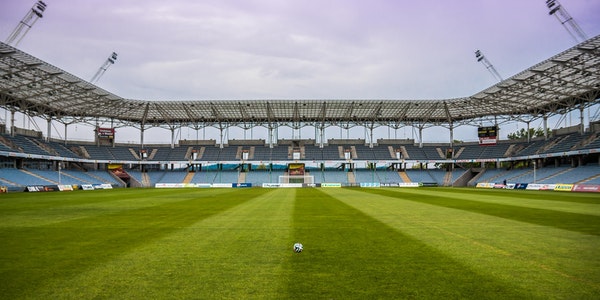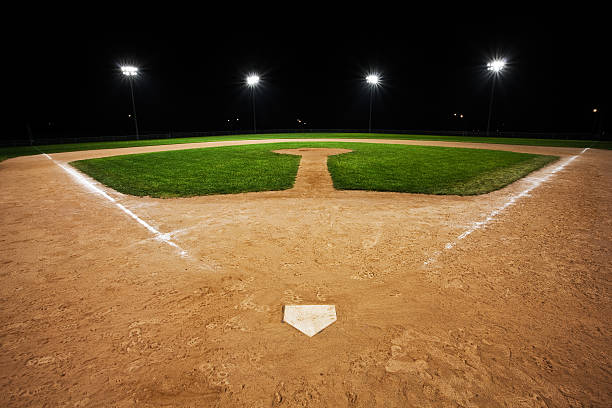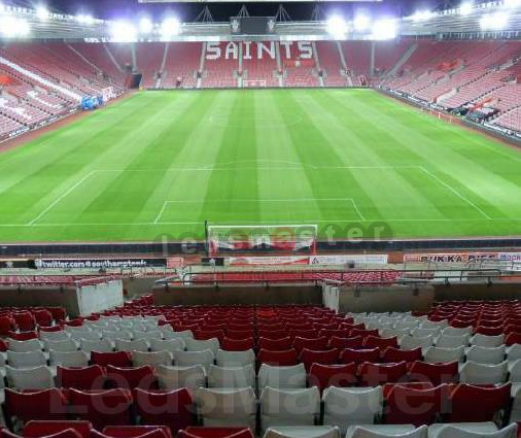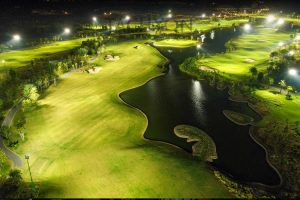Environmental Impact: Higher energy use contributes to a larger carbon footprint.
(II) Fluorescent Lighting
- Technology:
Mechanism: Fluorescent lights produce light by passing an electric current through a gas, which emits ultraviolet light that then excites a phosphor coating inside the bulb to emit visible light.
Efficiency: More efficient than incandescent bulbs, converting about 25-35% of the energy into light.
Lifespan: Longer lifespan, typically around 10,000 to 15,000 hours.
- Advantages:
Energy Efficiency: More energy-efficient compared to incandescent bulbs.
Lifespan: Longer operational life reduces the frequency of replacements.
Cost: Moderate initial cost with lower operational costs due to energy savings.
- Disadvantages:
Light Quality: Can have poor color rendering and often exhibits flicker, which can cause discomfort and eye strain.
Mercury Content: Contains small amounts of mercury, posing environmental and health hazards if not disposed of properly.
Startup Time: Some fluorescent lights take time to reach full brightness and can be affected by temperature variations.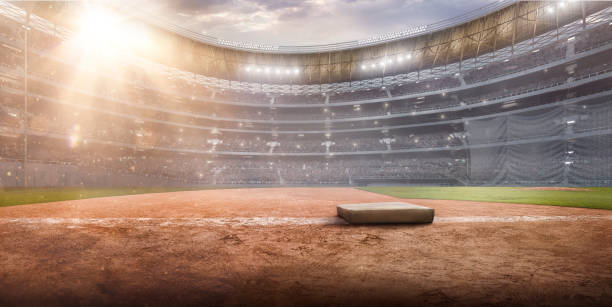
(III) LED Lighting
- Technology:
Mechanism: LEDs produce light through electroluminescence, where an electric current passes through a semiconductor material, emitting light.
Efficiency: Highly efficient, converting about 80-90% of energy into light.
Lifespan: Exceptionally long lifespan, typically around 25,000 to 50,000 hours or more.
- Advantages:
Energy Efficiency: Uses significantly less energy compared to both incandescent and fluorescent lights, resulting in lower operational costs.
Lifespan: Very long operational life, reducing the frequency and cost of replacements.
Durability: Solid-state construction makes LEDs robust and resistant to shock, vibration, and extreme temperatures.
Light Quality: Provides excellent color rendering, uniform light distribution, and minimal glare and flicker.
Environmental Impact: Free of hazardous materials like mercury and more energy-efficient, leading to a smaller carbon footprint.
- Disadvantages:
Initial Cost: Higher upfront cost compared to incandescent and fluorescent bulbs, though this is offset by longer lifespan and energy savings.
Heat Management: Requires proper heat dissipation mechanisms to maintain performance and longevity.
- Summary Comparison
| Aspect | Incandescent | Fluorescent | LED |
| Energy Efficiency | Low (10%) | Moderate (25-35%) | High (80-90%) |
| Lifespan | Short (~1,000 hours) | Moderate (~10,000-15,000 hours) | Long (~25,000-50,000+ hours) |
| Initial Cost | Low | Moderate | High |
| Operational Cost | High (due to energy use) | Lower than incandescent | Lowest (energy savings) |
| Light Quality | Warm, good color rendering | Variable, potential flicker | Excellent color rendering, no flicker |
| Environmental Impact | High energy use | Contains mercury, moderate impact | Low energy use, no hazardous materials |
| Durability | Fragile | Moderate durability | Very durable |
| Heat Production | High | Low to moderate | Low |
In summary, while traditional lighting methods like incandescent and fluorescent have been widely used, LED technology offers superior energy efficiency, longer lifespan, better light quality, and lower environmental impact, making it the optimal choice for modern lighting applications, especially in sports facilities.
C. Benefits of LEDs over traditional lighting
1. Energy efficiency
Energy Efficiency of Different Lighting Technologies
- Incandescent Lighting
Energy Consumption:
Incandescent bulbs are highly inefficient, with only about 10% of the energy they consume being converted into visible light. The remaining 90% is lost as heat.
A typical 60-watt incandescent bulb produces around 800 lumens of light.
Efficiency Comparison:
Luminous Efficacy: Approximately 10-17 lumens per watt.
Energy Costs: Higher operational costs due to excessive energy use and frequent replacements due to shorter lifespan (around 1,000 hours).
(II) Fluorescent Lighting
Energy Consumption:
Fluorescent lights are more efficient than incandescent bulbs, converting about 25-35% of the energy into visible light.
A 15-watt fluorescent bulb can produce the same amount of light (around 800 lumens) as a 60-watt incandescent bulb.
Efficiency Comparison:
Luminous Efficacy: Approximately 35-100 lumens per watt.
Energy Costs: Lower operational costs compared to incandescent bulbs due to better energy efficiency and longer lifespan (around 10,000-15,000 hours).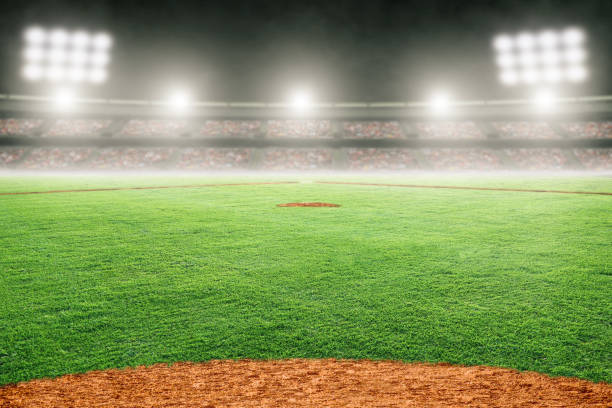
(III) LED Lighting
Energy Consumption:
LEDs are the most energy-efficient lighting technology currently available, converting about 80-90% of the energy into visible light.
A 10-watt LED bulb can produce the same amount of light (around 800 lumens) as a 60-watt incandescent bulb.
Efficiency Comparison:
Luminous Efficacy: Approximately 80-150 lumens per watt, with some advanced models reaching even higher efficiencies.
Energy Costs: Significantly lower operational costs due to superior energy efficiency and extremely long lifespan (around 25,000-50,000 hours or more).
(IV) Comparative Summary
| Aspect | Incandescent | Fluorescent | LED |
| Energy Consumption | High | Moderate | Low |
| Luminous Efficacy | 10-17 lumens per watt | 35-100 lumens per watt | 80-150 lumens per watt |
| Heat Production | High | Low to moderate | Low |
| Lifespan | ~1,000 hours | ~10,000-15,000 hours | ~25,000-50,000+ hours |
| Energy Savings | Lowest | Moderate | Highest |
| Operational Costs | Highest | Lower than incandescent | Lowest (due to efficiency and lifespan) |
- Environmental Impact and Sustainability
Incandescent Bulbs:
High Energy Use: Contributes significantly to higher energy
consumption and greenhouse gas emissions.
Short Lifespan: Frequent replacements lead to more waste.
Fluorescent Bulbs:
Moderate Energy Use: More efficient than incandescent, reducing energy consumption and emissions.
Mercury Content: Contains mercury, a hazardous substance that requires special disposal methods to avoid environmental contamination.
Longer Lifespan: Reduces waste compared to incandescent bulbs, but still generates more waste than LEDs.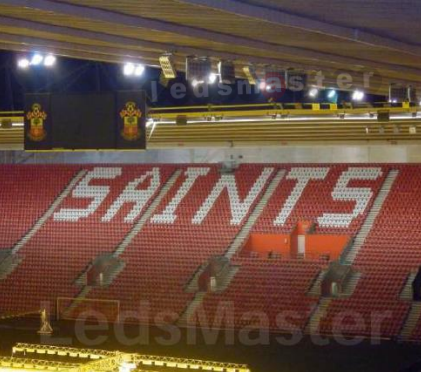
LEDs:
Low Energy Use: Significantly reduces energy consumption, lowering greenhouse gas emissions and utility costs.
No Hazardous Materials: Free of toxic substances like mercury, making disposal safer and more environmentally friendly.
Long Lifespan: Fewer replacements needed, reducing waste and the environmental impact associated with manufacturing and disposing of bulbs.
- Practical Implications for Sports Lighting
Energy Cost Savings:
Operational Efficiency: LEDs offer substantial cost savings for sports facilities, especially those that require extensive lighting for long periods. The lower energy consumption directly translates to reduced electricity bills.
Environmental Benefits:
Reduced Carbon Footprint: By switching to LED lighting, sports facilities can significantly reduce their carbon footprint, contributing to broader environmental sustainability goals.
Support for Green Initiatives: Facilities that adopt LED lighting can align with green building certifications and sustainability initiatives, enhancing their reputation and appeal.
Performance and Safety:
Consistent Lighting Quality: LEDs provide uniform and high-quality light, which is crucial for both player performance and spectator experience. Reduced glare and flicker minimize eye strain and improve visibility.
Reliability and Durability: The robust nature of LEDs ensures reliable performance even under demanding conditions, reducing the risk of lighting failures during critical moments in sports events.
- Conclusion
LED technology stands out as the most energy-efficient and environmentally friendly lighting solution available today. Compared to traditional incandescent and fluorescent lights, LEDs offer superior luminous efficacy, longer lifespan, and lower operational costs. The transition to LED lighting, especially in sports facilities, not only enhances performance and safety but also supports significant energy savings and sustainability efforts. This makes LED lighting the optimal choice for modern sports venues aiming to provide the best experience for athletes and spectators while minimizing their environmental impact.
2. Longevity
Longevity of Different Lighting Technologies
- Incandescent Lighting
Average Lifespan:
Incandescent bulbs typically have a short lifespan of about 1,000 hours.
Factors Affecting Lifespan:
Heat Production: High heat production can degrade the filament quickly.
Frequent On/Off Cycling: Turning the bulb on and off frequently can shorten its lifespan.
Replacement Frequency:
Requires frequent replacements, leading to higher maintenance costs and more frequent disruptions.
- Fluorescent Lighting
Average Lifespan:
Fluorescent bulbs have a longer lifespan, typically ranging from 10,000 to 15,000 hours.
Factors Affecting Lifespan:
Operating Conditions: Frequent on/off cycling can reduce lifespan.
Ballast Life: The lifespan of the ballast (a component used to regulate the current to the lamp) can also affect the overall lifespan of fluorescent lighting.
Temperature Sensitivity: Performance and lifespan can be affected by extreme temperatures.
Replacement Frequency:
Less frequent than incandescent bulbs, reducing maintenance efforts and costs.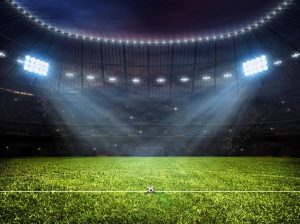
- LED Lighting
Average Lifespan:
LEDs have an exceptionally long lifespan, typically ranging from 25,000 to 50,000 hours, with some high-quality LEDs lasting even longer.
Factors Affecting Lifespan:
Heat Management: LEDs produce less heat, and effective heat dissipation mechanisms further enhance their longevity.
Quality of Components: High-quality materials and design contribute to a longer lifespan.
Stable Operation: LEDs are less affected by frequent on/off cycling and perform well in various temperatures and environmental conditions.
Replacement Frequency:
Very infrequent compared to incandescent and fluorescent bulbs, resulting in significantly lower maintenance costs and fewer disruptions.
Reduced need for replacements contributes to sustainability by lowering waste production.
- Comparative Summary
| Aspect | Incandescent | Fluorescent | LED |
| Average Lifespan | ~1,000 hours | ~10,000-15,000 hours | ~25,000-50,000+ hours |
| Heat Production | High | Low to moderate | Low |
| Effect of On/Off Cycling | Significant | Moderate | Minimal |
| Temperature Sensitivity | Low | Moderate | Low |
| Replacement Frequency | High | Moderate | Low |
| Maintenance Costs | High | Moderate | Low |
| Environmental Impact | High (frequent disposal) | Moderate (contains mercury) | Low (long lifespan, no hazardous materials) |
- Practical Implications for Sports Lighting
Cost Savings:
Reduced Maintenance: The long lifespan of LEDs translates to fewer replacements and lower maintenance costs. This is particularly beneficial for large sports facilities that require extensive lighting.
Operational Continuity: Reduced need for replacements means fewer disruptions during sporting events, ensuring consistent lighting quality and reliability.
Sustainability:
Lower Waste Production: The infrequent need for replacements with LEDs results in less waste, contributing to environmental sustainability.
Resource Efficiency: Longer-lasting lights reduce the consumption of resources needed for manufacturing, transportation, and disposal.
Performance and Safety:
Consistent Light Output: LEDs maintain consistent brightness and color quality over their long lifespan, ensuring optimal lighting conditions for players and spectators.
Durability: The robust nature of LEDs makes them less prone to damage from impacts or environmental conditions, enhancing safety and reliability.
- Conclusion
The longevity of LED lighting far surpasses that of traditional incandescent and fluorescent lighting. With lifespans ranging from 25,000 to 50,000 hours or more, LEDs offer significant advantages in terms of reduced maintenance costs, operational continuity, sustainability, and consistent performance. This makes LEDs the ideal choice for sports facilities aiming to enhance efficiency, reliability, and environmental responsibility.
3. Environmental impact
Environmental Impact of Different Lighting Technologies
- Incandescent Lighting
Energy Consumption:
Incandescent bulbs are highly inefficient, converting only about 10% of the energy they consume into visible light. The remaining 90% is lost as heat.
Environmental Impact:
High Energy Use: Contributes significantly to higher energy consumption and greenhouse gas emissions.
Carbon Emissions: Increased energy use results in higher carbon dioxide emissions, contributing to climate change.
Resource Depletion: Greater energy demand leads to the depletion of finite natural resources, such as coal and natural gas, used for electricity generation.
Waste Production:
Short Lifespan: Frequent replacements result in higher waste production.
Disposal: Incandescent bulbs contain no hazardous materials but still contribute to landfill waste.
- Fluorescent Lighting
Energy Consumption:
Fluorescent lights are more energy-efficient than incandescent bulbs, converting about 25-35% of the energy they consume into visible light.
Environmental Impact:
Moderate Energy Use: Lower energy consumption compared to incandescent bulbs, reducing greenhouse gas emissions and resource depletion.
Mercury Content: Contains small amounts of mercury, a hazardous substance that requires special disposal methods to avoid environmental contamination.
Carbon Emissions: Despite lower energy use, still contributes to carbon emissions and resource depletion.
Waste Production:
Longer Lifespan: Reduced need for replacements lowers waste production compared to incandescent bulbs.
Mercury Disposal: Proper disposal of fluorescent bulbs is necessary to prevent mercury contamination.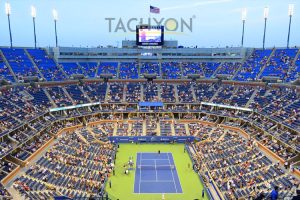
- LED Lighting
Energy Consumption:
LEDs are the most energy-efficient lighting technology, converting about 80-90% of the energy they consume into visible light.
Environmental Impact:
Low Energy Use: Significantly reduces energy consumption, greenhouse gas emissions, and resource depletion.
No Hazardous Materials: Free of toxic substances like mercury, making disposal safer and more environmentally friendly.
Carbon Emissions: Lower energy use results in reduced carbon emissions, contributing to climate change mitigation efforts.
Waste Production:
Long Lifespan: Infrequent need for replacements reduces waste production and resource consumption.
Recyclability: Many LED components are recyclable, further reducing environmental impact.
- Comparative Summary
| Aspect | Incandescent | Fluorescent | LED |
| Energy Consumption | High | Moderate | Low |
| Carbon Emissions | High | Moderate | Low |
| Resource Depletion | High | Moderate | Low |
| Mercury Content | None | Contains mercury | None |
| Waste Production | High (frequent disposal) | Moderate | Low |
- Practical Implications for Sports Lighting
Environmental Sustainability:
Energy Efficiency: LEDs offer the most significant energy savings, reducing the carbon footprint of sports facilities and supporting sustainability initiatives.
Reduced Waste: Longer lifespan and lower replacement frequency of LEDs result in less waste production, contributing to environmental conservation efforts.
Regulatory Compliance:
Mercury Regulations: Compliance with regulations governing the disposal of fluorescent bulbs containing mercury is necessary to avoid environmental contamination and legal consequences.
Energy Standards: Many jurisdictions have energy efficiency standards that sports facilities must meet, making the transition to LED lighting essential for compliance.
Corporate Responsibility:
Environmental Stewardship: Adopting energy-efficient and environmentally friendly lighting solutions demonstrates a commitment to corporate social responsibility and environmental stewardship.
(To Be Continued)

